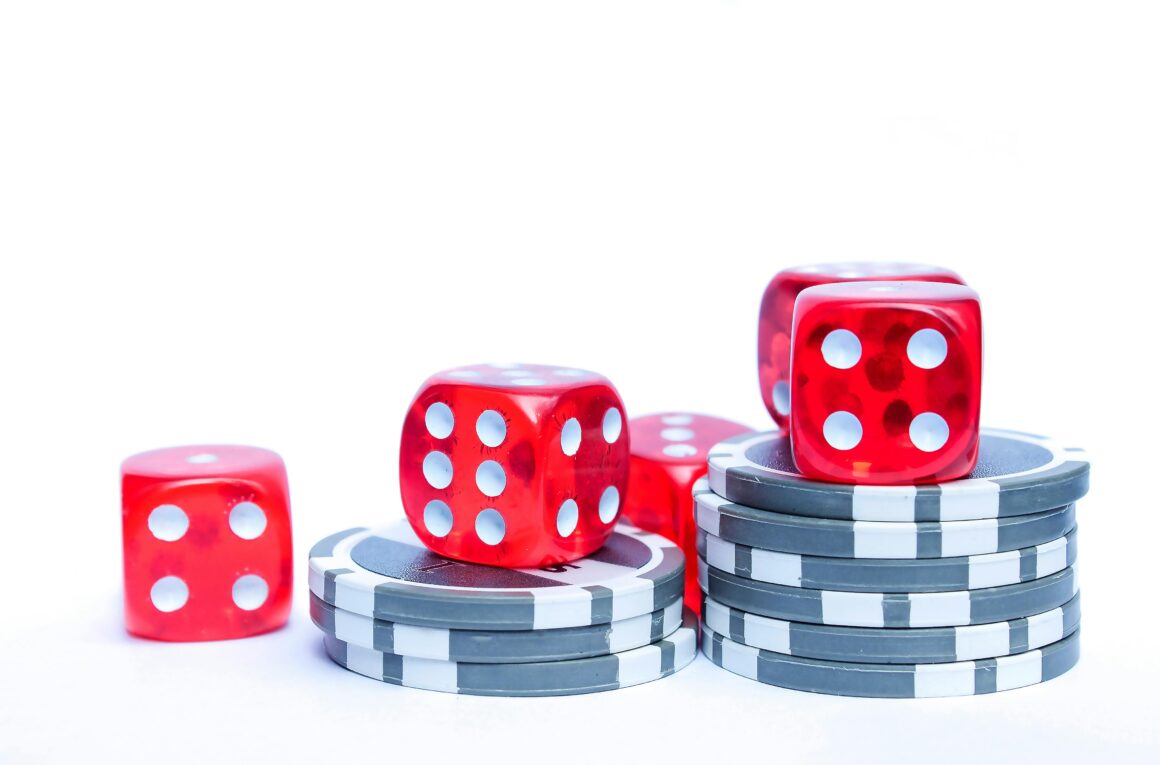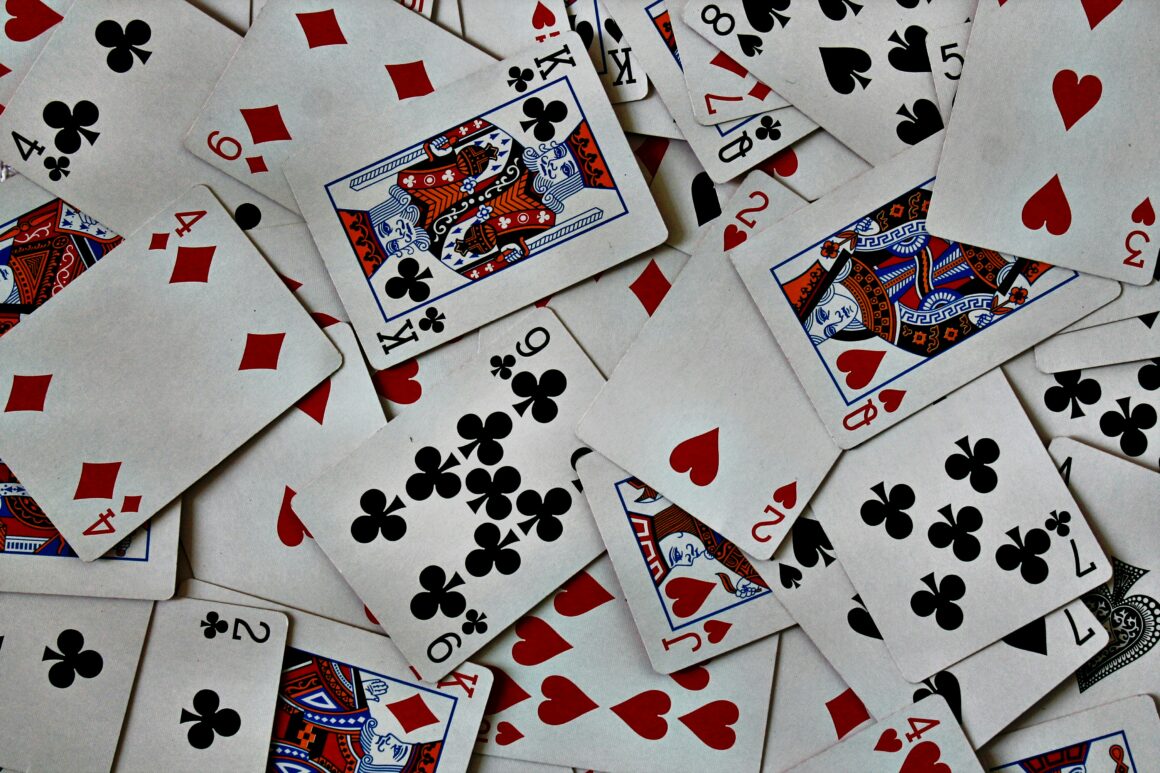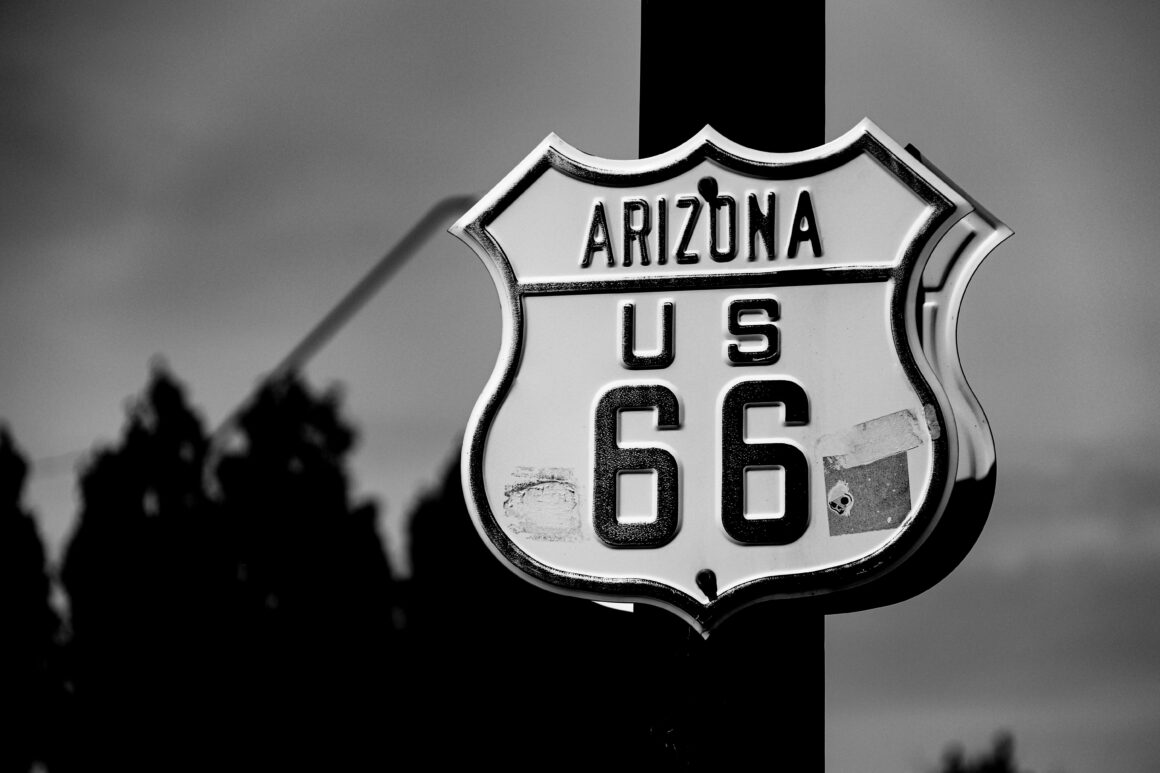There is something you need to know.
While you eat your dinner, while you sleep, while you do your homework and go to work, while you ponder a novel you’ve just read, watch your children go to school, watch the sunset, celebrate a birthday with candles and cake and ice cream and the flash of a camera reflecting off a smiling, flushing face, there is a baby sea turtle slamming his head into a wall. He bobbles backwards and forwards, propelled by his head and the tiny bump of its collision with the neon blue wall of his enclosure. It is a heartbeat, that sound, that desperate and melancholy sound. It is a drum beat, a procession of futility, an echo of innocence, a fist on a face, a kick in a broken rib, a hand gripping an edge with no one above it, a wail, a scream, a slow and lugubrious death — He is alone. You need to know that he is alone.
He’s not there, in that ridiculously small tank, because he wants to be, or because it’s his natural habitat, or because he’s being protected from extinction, or because he’s being rehabilitated to be released into the “wild.” No, he’s there because you and I like looking at him. He’s there because we have nets and traps and fast ships and opposable thumbs and he has flippers and no way to escape.
You need to know that we’ve taken his independence for the sake of entertainment and profit. Humans have eyes that are too big for the planet. We use our hands to crush the value out of everything we can touch like juice from a berry and we hoard that value away until piles of exploitation become mountains around us, and we say We are unstoppable. The human race does not believe in limitations and boundaries; we’ve destroyed mountains, we’ve bent the earth and redirected rivers, created massive structures and sculpted new bodies of water; we’ve scraped lines through the earth with our sticks and said This is mine; we’ve destroyed entire forests and replaced them with concrete monstrosities. We know we can, but we do not pause in our domination of the entire planet to wonder if we should, if we have a right to.
I can not identify any justification for capturing an animal and confining it to a life of handouts and mere simulations of its home. There are excellent rehabilitation programs that prepare endangered species for reentry into their natural habitats, but what about the animals that aren’t in danger of extinction, but are still held in captivity to be gawked at, trained, and touched? What about the tuna, the sloth, the shark, the seal, the rhino, the frog, the penguin, the gorilla, the elephant? The dolphin, the kangaroo, the whale, the brown bear, the wolf, the rhino, the bison? The jaguar, the butterfly, the sea turtle the polar bear the iguana the hippo the panda the—
In its lifetime, a sea turtle will swim over a hundred thousand miles. Its natural habitat extends across entire oceans. A sea turtle held in captivity is given free reign of an enclosure that is one millionth the size of its true home. In its lifetime, it will swim from wall, to wall, to wall, to wall.
And you can pay thirty bucks to watch.
We will never possess the right to control the animals around us. The human race is not justified in its decision to decrease the quality of an animal’s life for the purposes of entertainment and profit.
I don’t know why he was slamming his head into the wall of his enclosure that day, as I watched him with my ticket crumpled in my hand, a little girl smashing her fist against the glass beside me, yelling at the baby sea turtle to stop running into the wall before he hurts himself. I felt a biting sense of shame as I caught sight of my reflection in his container; a faint ghost, a condemning shadow, a representation of his irreversible fate.
Down the hall from the baby sea turtle was a door that led to an enclosed concrete area. A slope of concrete was striped with lines of rubber for the penguins to slide down. I watched as penguins disappeared into colorful pipes and waddled around in little puddles of water, small webbed footprints trailing behind them. My sweaters and pants have more room to breathe than those penguins did. Animals do not live in closets. Penguins do not live in closets. How long are we going to pretend that this is acceptable, that a penguin’s natural habitat is not the entire Antarctic coastline? How long will we ignore the fact that a penguin in a zoo is an animal without a home? No matter how green the palm trees painted on the walls are, an animal in captivity is very, very far from where it should be.
It is true that zoos are not allowed to pay money for animals. Rather, American zoos barter and trade among each other to prevent the commodification of the animals themselves. But the moment a person decides that it is acceptable to pass around an animal for exhibition, to take it from its home and place it hundreds of miles away behind a glass wall that reveals a hundred little faces that incessantly watch the animal every single day, it is too late to prevent commodification. It is too late to preserve the dignity of the animal.
Animal rights advocation is a tricky business. It’s an impossible business, really. Fighting for the right to live requires the public to be consistently exposed to injustice. A typical trip to the aquarium or zoo lasts perhaps two hours, and as soon as the tropical music fades away, and the earthy, salty smell of animal falls from the zoo-goers’ clothes, so do the images of all those living things behind fences and bars and glass. The rhinos, dolphins, and monkeys are so, so far away from daily human life. I can’t knock on every door in America and ask each citizen to care about the other living things, but for us to realize what we are doing, the most dangerous kind of god game we’re playing, we must remember to care. You must remember to care.
There is something you need to know.
We have the power to decide which species live full lives, and which live half lives.
But we will never have the right.




